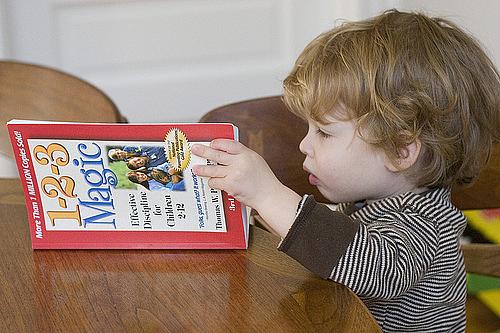Disparity Watch: Early Stimulation Gives Wealthy Kids Enduring Edge

Researchers who have studied the disparity in educational achievement between rich and poor children over the last few decades are finding that wealth does some of its most important work in the very first few years of a child’s life. More affluent children trump their peers before the first day of preschool, say researchers.
Can it really be that the race is won before it’s even begun? Yes, according to Stanford education professor Sean F. Reardon, who makes the case that wealth helps children perform better largely because their families are so much better at providing them with “cognitively stimulating experiences.”
Reardon summarizes the latest thinking in a recent New York Times Opinionator blog post:
Money helps families provide cognitively stimulating experiences for their young children because it provides more stable home environments, more time for parents to read to their children, access to higher-quality child care and preschool and — in places like New York City, where 4-year-old children take tests to determine entry into gifted and talented programs — access to preschool test preparation tutors or the time to serve as tutors themselves.
Wealthier parents are spending more time and money on early education and development and increasing the rate at which they do so faster than other segments of society. In other words, wealthy families have accelerated their investments in their children.
All those “stimulating experiences” and quality child-care add up, according to Reardon:
The academic gap is widening because rich students are increasingly entering kindergarten much better prepared to succeed in school than middle-class students. This difference in preparation persists through elementary and high school.
What does Reardon propose we do about it all? For one, he says we should start talking about the problem. Broadly, solutions include:
- Invest more in early education via high-quality child care and preschool for lower- and middle-class kids.
- Recruit and train talented preschool teachers and child care providers.
- Invest in parents so that parents can be better early teachers themselves. This includes bolstering resources and research to better help single and low-income parents.
- Increase support from private and public employers for maternity and paternity leave as well as day care.
It appears the White House has heard the message. Earlier this year Obama announced a major new spending proposal in his 2014 budget that would funnel nearly $77 billion to fund universal preschool for 4-year olds, as well as Early Head Start grants and expanded home-visiting programs for budding families.
But in a society where the well-off are pulling ahead faster and earlier, with far more capital to spend on the so-called “rug rat race,” getting poor and middle class kids into a reputable preschool won’t in itself be enough to level the playing field.
Over the past two decades the U.S. has proven remarkably tolerant of record-setting levels of economic inequality. Will we be any less indifferent if the gaps in our kids’ educational achievement follow the same trend lines?
To make a difference, parents and policy makers may want to refocus attention – and resources -- on those critical “home school” years we all pass through in early childhood, usually without knowing that class is in session.
Image by surlygirl via Flickr

